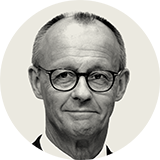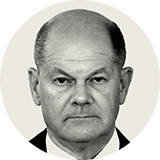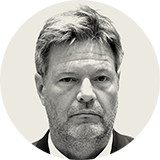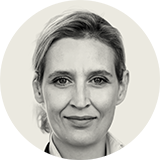The political home of Angela Merkel, chancellor for 16 years until 2021, Germany’s principal centre-right force is an alliance of the CDU and its Bavarian sister party, the CSU. Often referred to as the “Union”, the CDU/CSU is miles ahead in the polls. Its joint candidate, Friedrich Merz, became the head of the CDU in his third bid for the job in 2022. After a long career in politics Mr Merz left in 2009 for a stint as a corporate lawyer and an executive at the German arm of BlackRock, an asset manager, before making a surprise return in 2018. Mr Merz would govern to Mrs Merkel’s right on migration and other issues, and take a much more hawkish line on Russia than Mr Scholz. He is more popular than his SPD rival, but struggles to appeal to women and younger voters.






